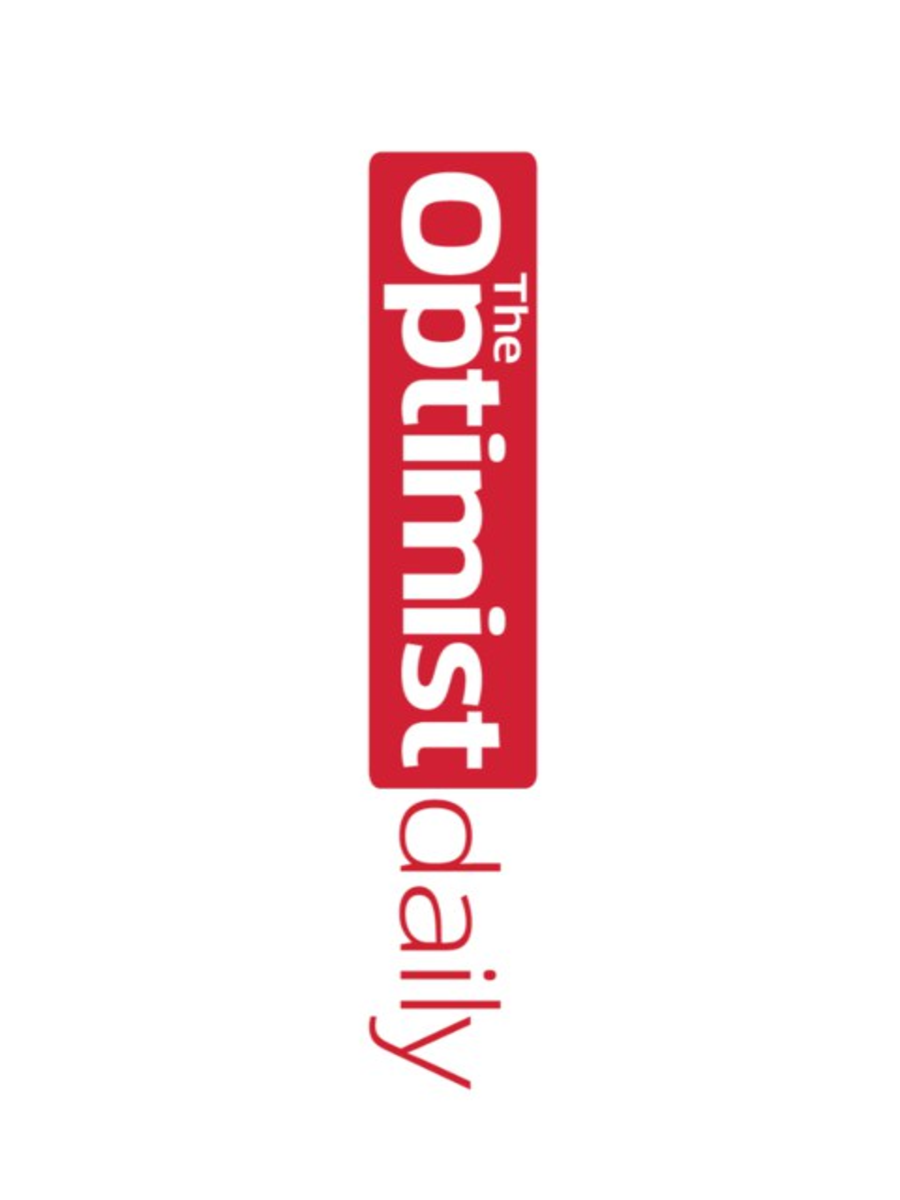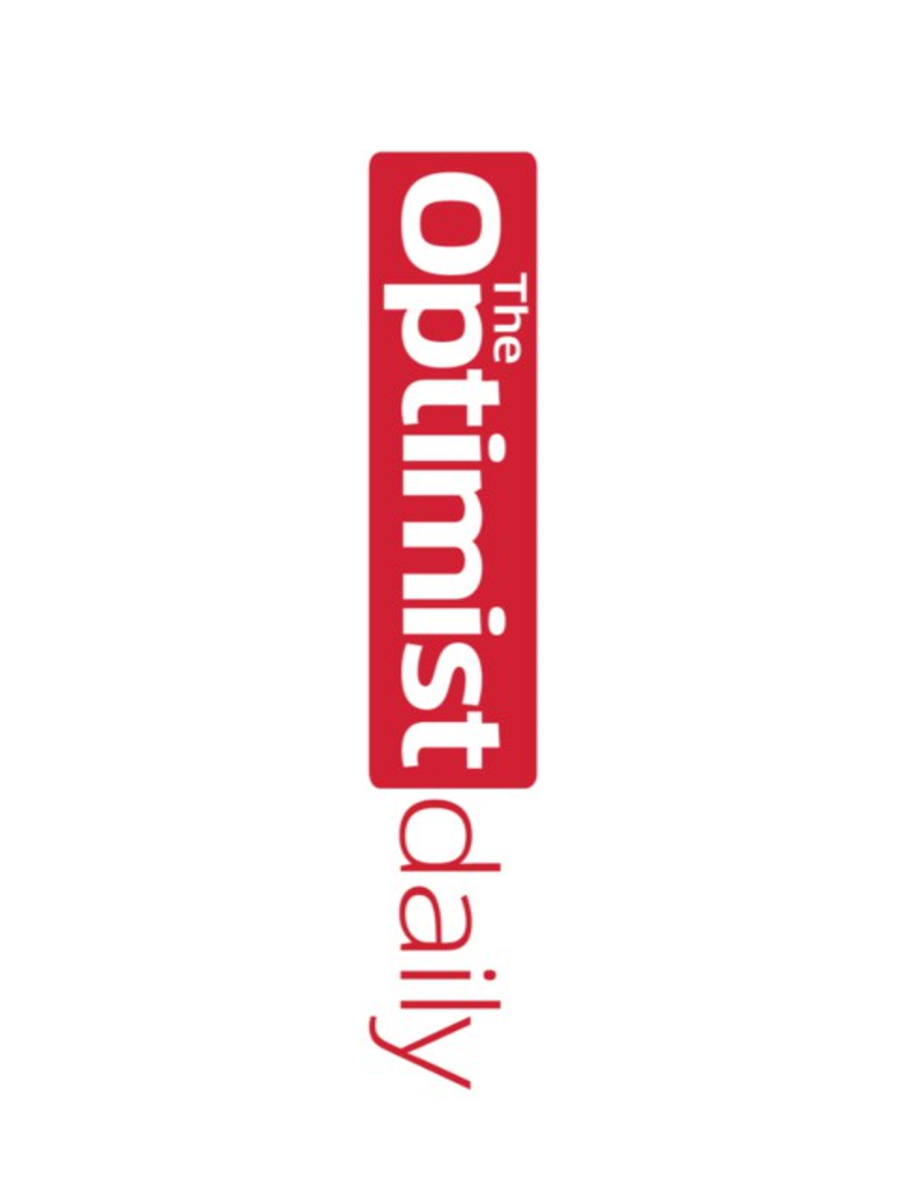Amy Domini | August 2009 issue

Last year I visited a clinic for land mine victims in Phnom Penh, Cambodia, run by an extraordinary organization called Veterans International Cambodia. There you find extreme examples of hope and despair crowded into a small space. The clinic creates individually tailored prostheses known for their flexibility and lifelike qualities. A blind and legless man, a victim himself, assembles customized wheelchairs for children and adults. Physical training helps victims transition to living with disabilities.
While I was there I met a young girl, perhaps 6 years old, who was learning to hold herself erect. She was strapped to a large board to train her spine to sense what “erect” feels like— a measure made necessary by years without treatment. To occupy her time and keep her working, a volunteer stood three or four feet in front of her and threw a beach ball her way. As the two played catch, they chatted and giggled. Suddenly the girl let out a peal of laughter so startling that everyone looked up and smiled.
Here I was, seemingly a million miles away from anything I knew. A 6-year-old is laughing while Cambodia is riddled with land mines. Forty percent of villages have a land mine problem. An estimated 6 million land mines remain hidden in Cambodia’s earth. In her position, I couldn’t have laughed.
Yet land mines are still made for profit. We have just celebrated the 10th anniversary of the Ottawa Convention banning them. Most regrettably, the U.S. hasn’t signed the treaty. But certain investors, like the Norwegian national pension fund, refuse to profit from companies that make them. It takes homework; many investors unknowingly own shares in land mine manufacturers.
Sadly, the child I saw was a typical victim. Land mine fields are often marked. But a child who can’t read doesn’t understand the danger—although she’s heavy enough to trip the bomb. According to the UN, it could take 100 years to remove Cambodia’s mines—and 1,100 years to eliminate land mines worldwide.
As social investors, our emotional response to such an extreme imbalance between profit and harm compels us to take practical action. We invest to contribute to the common good—a clean planet, and a world of peace and justice. And when we imagine that future, joy and laughter are at its core.
The courage and hope of the small girl I met in Cambodia were enough to enable her to laugh. But our world should never have allowed her injury. In the West, many of us enjoy a world that’s safe and clean; we enjoy good food; we work at jobs that are interesting and beneficial to others; we see the potential for continued prosperity. Universal human dignity would give her the same outlook.
We must build our shared prosperity together, and define profit—including those we derive from our investments—in terms of mutual benefit. Social investing provides one important way to reach that world. And that’s no laughing matter.
Amy Domini is the founder and CEO of Domini Social Investments, and author of several books on ethical investing.











